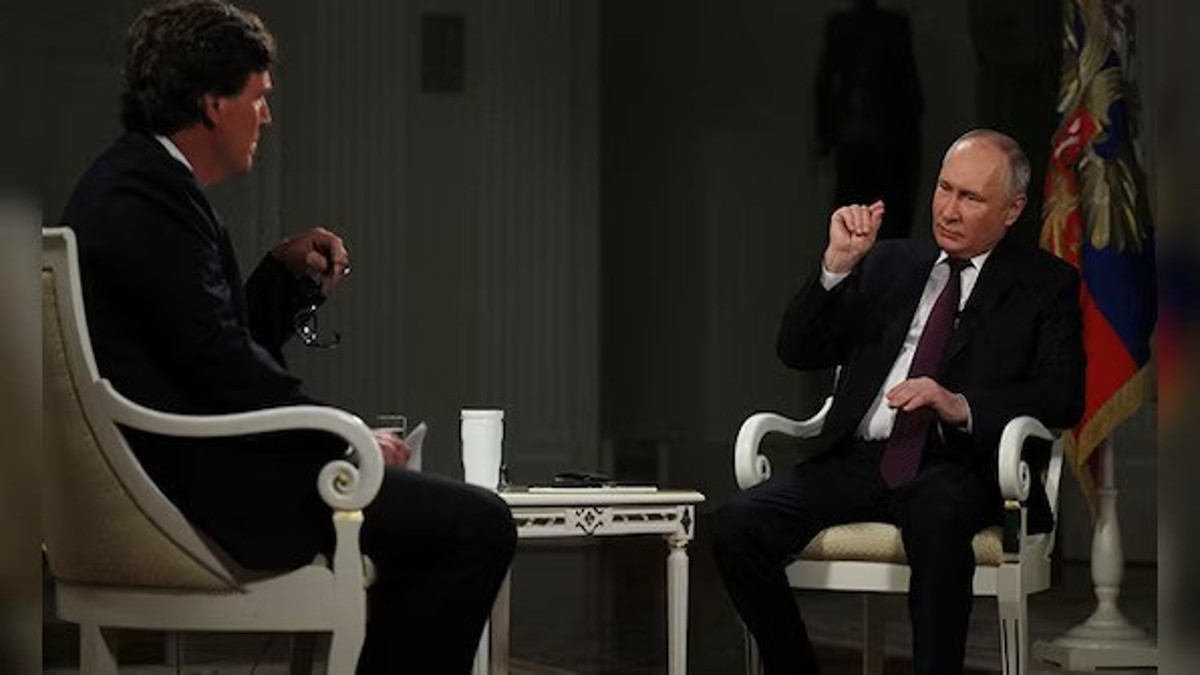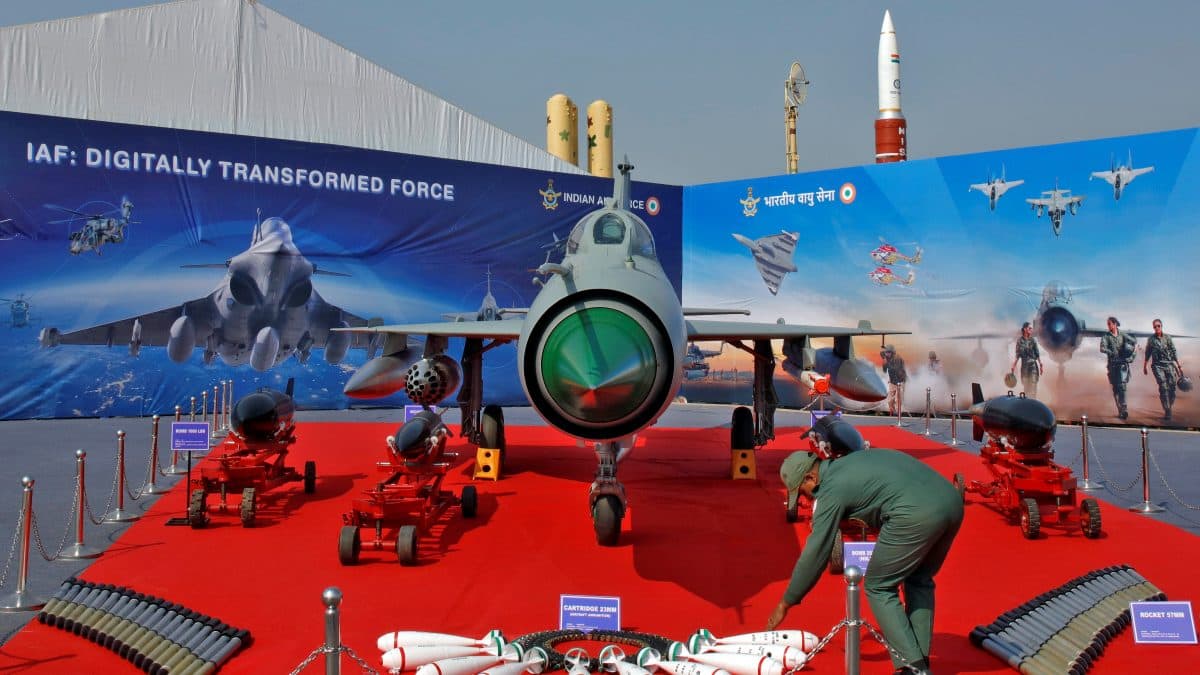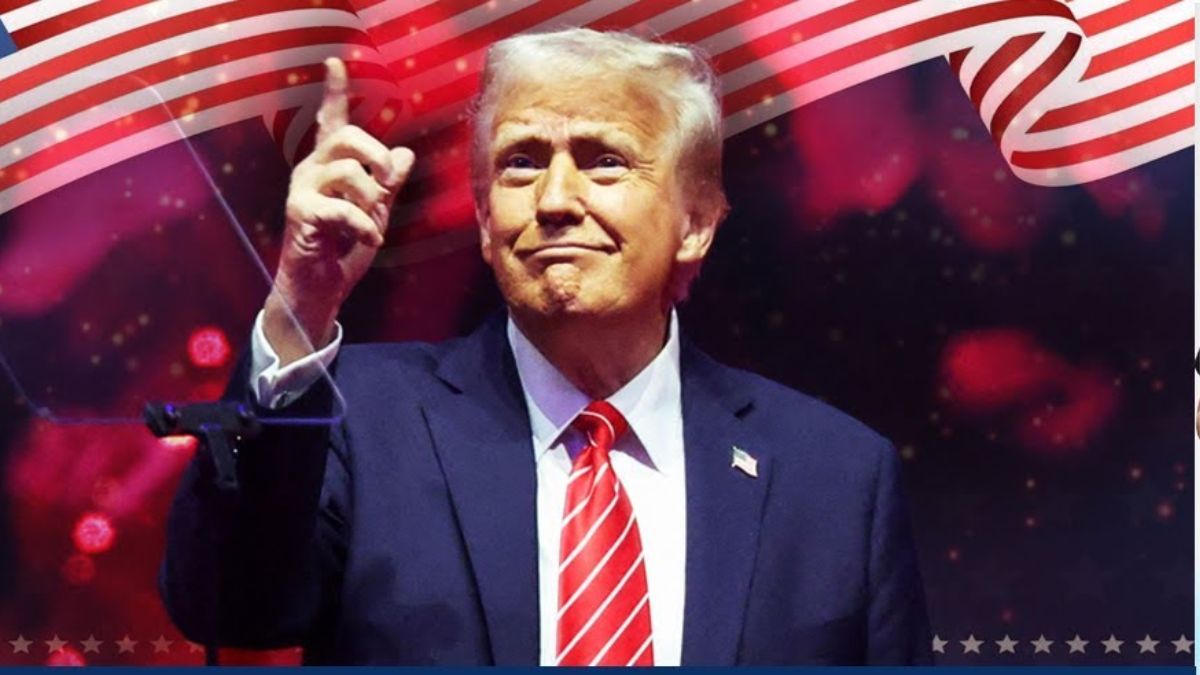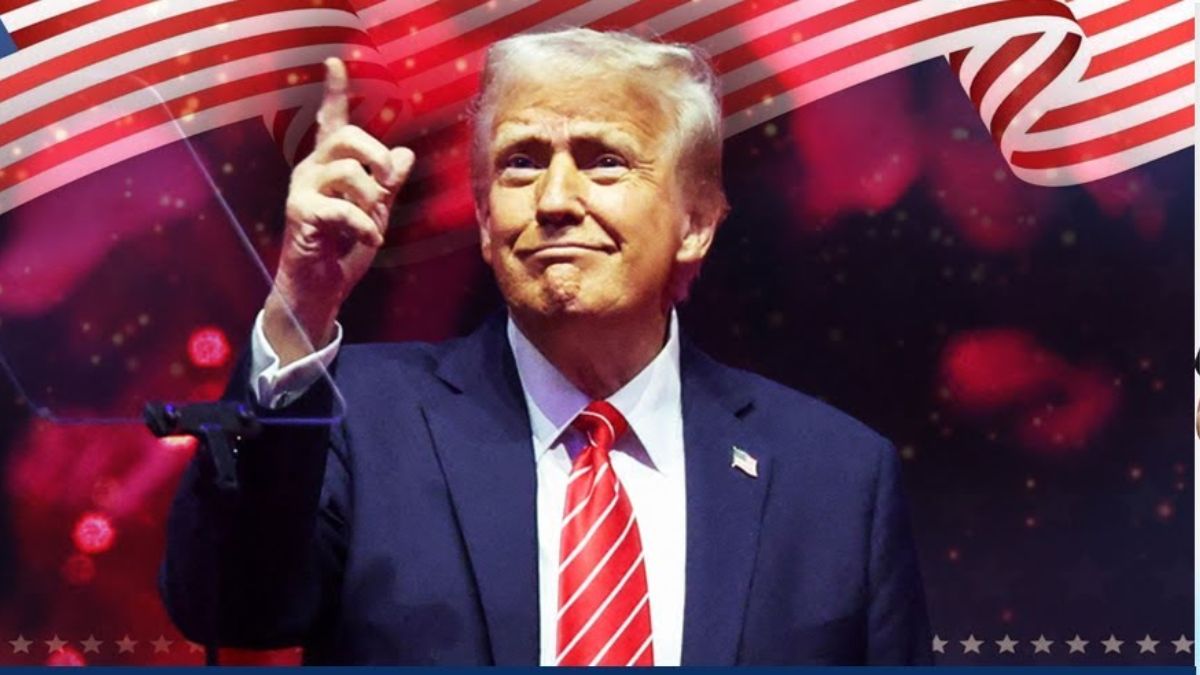Vladimir Putin is grinning and brimming with confidence as the Ukraine war, dubbed an expansionist misadventure by the West and military experts in 2022, completes two years.
The Russian president is in a grinding war of attrition for the long haul and is determined to win it even if it extends beyond 2025.
The vigour and power of Ukrainian President Volodymyr Zelensky and his troops are visibly deflated. Ukrainian troops hastily retreated from Avdiivka, in Donetsk region, after an intense battle with the much-hyped counteroffensive failing. The sacking of commander-in-chief Valerii Zaluzhnyi is a massive blow to the military’s motivation. The rocketing shortage of Western weapons has boosted the Russian onslaught.
United States (US) Congress and an increasing number of European Union (EU) member states are divided over pouring billions into the meat grinder with their domestic problems and politics taking centre stage.
The EU and the US have pumped in $92 billion and $71 billion, respectively, since Putin’s “Special Military Operation” started in February 2022 with no end in sight. The $95 billion US foreign aid package, including $61 billion for Ukraine, is stuck in the House of Representatives.
Joe Biden, whose approval ratings have tanked from 53 per cent in January 2021 to 39 per cent in February 2024, is fighting a three-front war. He is desperately vying for a second term as a resurgent Donald Trump continues to hammer him on immigration and economy, trying to maintain the American aid for Ukraine and preventing the Israel-Hamas war from turning into a West Asia inferno.
And Trump told voters this month that he would “encourage” Russians “to do whatever the hell they want [invade any European country]” if NATO members don’t meet the spending guidelines.
Impact Shorts
More ShortsPutin is having the last laugh.
The Russian president has outfoxed NATO and the US, who foolishly believed that their weapons for Ukraine would force him to withdraw, by digging his heels in the battlefield. He wants Zelensky out, a pro-Russia regime and an end to Kyiv’s dream of joining NATO.
Putin is also playing a mind game. If NATO and the US stop arming Kyiv, “the war will end within weeks”, he told a fawning Tucker Carlson in a two-hour monologue masquerading as an interview in Moscow this month.
Putin wanted to achieve two things with Carlson’s megaphone. Fuel the lack of support for Ukraine in the US conservative base, like GOP Trumpsters in Congress, and hint that both can come to the table.
He knows that a Trump return will hit the Ukraine aid flow. Besides, a maverick Trump could again alienate US allies with his America First policy, polarise society further and uproot the guard rails of democracy like in his first term—a US in disarray is Putin’s dream come true.
If Biden returns and continues arming Ukraine, Putin can again blame the US for not being serious about ending the war.
Whether it is Trump or Biden, Putin will be a winner. For example, he favours a second Biden presidency “because he is a more experienced person, predictable and a politician of an old formation”, but says Russia would “work with any leader of the US”.
Back home, Putin is still popular with 65 per cent of Russians supporting a fifth term, according to a January survey by NORC at the University of Chicago. A December survey by the Levada Centre, considered one of Russia’s most reputable and independent pollsters, showed 83 per cent approval for Putin.
The NORC poll also showed that 45 per cent of Russians strongly support the war to “defend the country from the US and NATO” with 64 per cent seeing it as a “civilisational struggle between Russia and the West”. A November Levada poll showed the nominal support for the invasion at 73 per cent.
Besides, Putin is set to win the March election with the death of his main foe Alexei Navalny, rejection of antiwar politician Boris Nadezhdin’s candidature and only three other candidates on the ballot.
The big question is why the war unfolded to Putin’s advantage and NATO’s disadvantage apart from Russian military dominance over Ukraine. The number of sanctions imposed on Russia increased from 2,700 to 18,772 sanctions after the war—yet Putin is undeterred.
Loophole in sanctions
The unprecedented export sanctions slapped by the US and 37 other countries in February 2022, aimed to block Russia’s access to foreign components used in missiles and drones and hit the production of its advanced weapons systems, failed. The critical components and battlefield goods included semiconductors, computer parts, other electronics and communications and navigation equipment.
The Russian military-industrial complex survived with Putin evading the sanctions by rerouting critical imports and battlefield goods through third countries that didn’t impose the curbs, like China, Turkey and the UAE. For instance, a critical component manufactured in the US and distributed in China was easily shipped to Russia.
In January-October 2023, around 50 per cent of such components were supplied by companies located in third countries and almost 100 per cent of them were manufactured by nations that sanctioned Russia. The supply of such components rebounded last year to their pre-sanctions levels with Russia importing critical components valued at $22.23 billion and battlefield goods worth $8.77 billion in the first 10 months.
According to a January report by the Kyiv School of Economics and the Yermak-McFaul International Working Group on Russian Sanctions, 2,800 foreign parts were found in Russian military equipment, including Kinzhal hypersonic missiles, Shahed drones, armoured vehicles, copters and electronic warfare equipment.
The report, titled ‘Challenges of Export Controls Enforcement’, also showed that monthly Russian missile production increased from 50 in 2022 to 115 by 2023-end.
The worst aspect of the futile sanctions is that producers headquartered in coalition countries—which slapped the sanctions—were responsible for 43.9 per cent of battlefield goods and 32.8 per cent of critical components. The US share was 25.5 per cent and 15.1 per cent, respectively, followed by the EU and Taiwan.
More than 250 Western companies whose products were found in Russian weapons on the battlefield include US-headquartered firms that accounted for 61 per cent of all critical components. The US companies were AMD, Analog Devices, Hewlett Packard, Honeywell International, Intel Corporation, Texas Instruments and others. Other foreign firms included Hitachi (Japan), Infineon Technologies (Germany) and (South Korea).
Analog Devices and Texas Instruments accounted for 14 per cent and 13 per cent, respectively, of all foreign components found in Russian military equipment. Analog Devices’ average monthly supplies of critical components to Russia ($27 million) in January-October 2023 were 51 per cent higher than in 2022 and 162 per cent higher than in 2021.
Once these items were exported to countries outside the coalition, Putin imported them. China accounted for 53.2 per cent and 53.8 per cent of battlefield goods and critical components, respectively, followed by Hong Kong, Turkey and the UAE. Together, these countries accounted for 86.2 per cent of battlefield goods and 78.6 per cent of critical components imported.
Putin skirted oil sanctions
The EU also banned Russian crude oil on December 5, 2022. However, Russian seaborne crude exports surged to about 3.46 million barrels a day (mb/d) by the end of December 2023. Oil revenues continue to fund the massive Russian war chest with crude-export duty rising to $89 million in December last week.
Putin found a way to circumvent the oil ban like Iran and Venezuela. Russia’s Shadow (Dark) Fleet, whose ships have weak ownership structures—like shell companies in Dubai or Hong Kong—and use multiple flags and deceptive shipping practices, including manipulation of global navigation satellite system, started exporting oil.
Russia has around 600 such vessels, mostly displaying flags of Panama and Liberia. They increased their export by 21 per cent after the war. Company ownership and registration of these ships by location are in the UAE (26.2 per cent), Greece (22 per cent), Hong Kong (17.7 per cent), Marshall Islands (17.5 per cent) and Liberia (16.5 per cent).
These ships are mostly headed to China and India, the top two buyers of Russian crude. According to the International Energy Agency, average imports of Russian oil by China and India jumped to 1.9 mb/d (19 per cent rise) and 900,000 mb/d (800 per cent) in 2022. Though Chinese oil imports decreased by 1.19 mb/d in January this year, India increased them to 910,000 mb/d.
China and India have been the largest buyers of Russian crude oil at 52% and 33%, respectively, since the ban, per Centre for Research on Energy and Clean Air ( CREA). In January 2024, 84% of China’s total fossil fuel imports were crude oil and India’s was 82%.
Besides, Western nations continue to import Russian crude indirectly as refined products like diesel, jet fuel and gasoil. The EU, G7 and Australia imported €42 billion worth of oil products from China, India, the UAE, Turkey and Singapore—which absorb 70% of Russian oil exports—in the 12 months since the invasion, CREA reported in April 2023.
“Increasing the imports of oil products from the main importers of Russian crude oil undermines the oil sanctions against Russia,” said Lauri Myllyvirta, lead analyst and co-author of the report.
In January, the EU was the largest buyer of unsanctioned Russian LNG and pipeline gas. The bloc purchased 50% of Russia’s LNG exports and 39% of pipeline gas.
Ramping up defence spending
Putin belied expectations of Western military planners and experts that Russia would fail to replenish its fast-depleting stocks of arms and ammunition as NATO armed Ukraine.
Russia has increased the 2024 defence budget to more than 60% year-on-year, about 7.5% of GDP.
Out of the 8,800 armoured fighting vehicles Russia lost since the war started, 3,000 were destroyed in 2023 alone. Subsequently, Russian factories churned out 1,500 tanks, 2,200 armoured combat vehicles and 1,400 rocket and artillery vehicles last year by operating 24x7. Almost 2.5 million-5 million artillery rounds, critical in winning the war, are being produced annually.
One key reason for the increased production has been the reactivation of old armoured vehicles and artillery pieces. According to an International Institute for Strategic Studies (IISS) February report, factories claimed to have delivered 1,180-1,280 tanks and 2,470 infantry fighting vehicles and armoured personnel carriers from storage besides new units.
IISS estimates that Russia can “sustain its assault on Ukraine for another two or three years and maybe even longer” and “equipment replenishment was roughly keeping pace with battlefield attrition” last year.
Russia also continued to be the second largest global weapons producer in 2018–22 after the US despite fighting a war. A March 2023 Stockholm International Peace Research Institute report shows that Russia delivered major weapons to 47 states accounting for 16 per cent of total global arms exports.
The increased war spending has also fuelled economic growth and produced jobs though economists believe it isn’t sustainable.
The Russian economy grew by 3.6 per cent in 2023—more than the US and Europe—and is poised to grow by 2.6 per cent this year, according to IMF. January’s budget deficit was only 0.2% of GDP.
IMF managing director Kristalina Georgieva believes that Russian military production has increased but consumption has decreased. “I actually think the Russian economy is (in) for very tough times because of the outflow of people and because of the reduced access to technology that comes with the sanctions,” she said this month.
However, incomes have increased and the consumer spending per capita on food, housing and healthcare is forecast to increase this year.
Putin has also solved the problem of getting hold of hot currencies by avoiding trading in dollars. Russia’s share of trade transactions in local currency with other BRICS members increased to 85% in January. Moscow has also been increasingly using its System for Transfer of Financial Messages after being barred from the Society for Worldwide Interbank Financial Telecommunications in March 2022.
The writer is a freelance journalist with two decades of experience and comments primarily on foreign affairs. Views expressed in the above piece are personal and solely those of the writer. They do not necessarily reflect Firstpost’s views.


)

)
)
)
)
)
)
)
)



